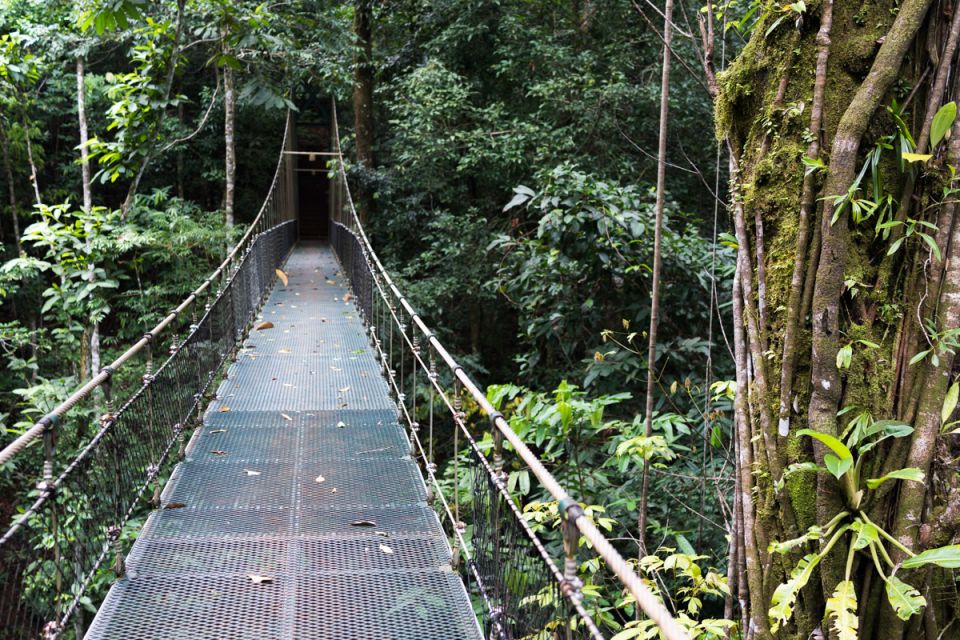I learned English from nature books. The first time I stepped into a public library after moving to the United States, I fell in love with the nature section. The photographs of lush jungles and exotic animals overwhelmed me and I found myself spellbound by evolution and biodiversity. Therefore, I have always wanted to visit Costa Rica, a country that harbors a staggering 5% of the world’s biodiversity. After researching this country and happening upon a remote destination called the Osa Peninsula, I just had to pack my bags and visit "the most biologically intense place on Earth".

The Osa peninsula is known for being home to an abundance of wildlife, and for being home to Corcovado National Park, the crown jewel of Costa Rican parks. While I would have loved to visit the park, we opted for a more relaxing experience for this trip. We stayed at an ecolodge in the peninsula, Bosque del Cabo, which offered fantastic food and unique accommodation in the form of a three-walled cabin. Best of all, Bosque del Cabo maintains several hiking trails of varying lengths and difficulty that lead to secluded beaches and scenic waterfalls.
From witnessing blue morpho butterflies fluttering in a forest clearing to a pair of scarlet macaws feeding their young, we encountered animals we've only ever really seen in books or on television. The peninsula had much to offer in terms of wildlife and fauna. I wasn't just experiencing my childhood library dreams anymore, I was living the Planet Earth documentary.
While the rainforest was the main event, the beaches were no slouches. We spent a lot of time strolling with sand between our toes. Best of all, there was barely anyone around.
Aside from the constant visual stimulation, the sounds were a large part of the experience as well. Even after the sun set, nature could be heard on full blast. I can still vividly recall the first night in our cabin. A storm had hit that night - supposedly the largest one the locals have seen in more than ten years. With no regard for the heavy rain or thunder, the forest came alive. A ragtag band of birds, frogs, insects and monkeys came together and clashed against the furious sounds of the storm. It was cacophonous but oddly calming, and I loved every single minute of it.
Although our stay at the lodge was only for a couple of days, I am glad that I was able to bring my childhood dreams of trekking through the rainforest to life. Additionally, on our final day at the lodge, I was finally able to snap a photo of an elusive green and black poison dart frog I've crossed paths with near our cabin. Talk about leaving on a high note.